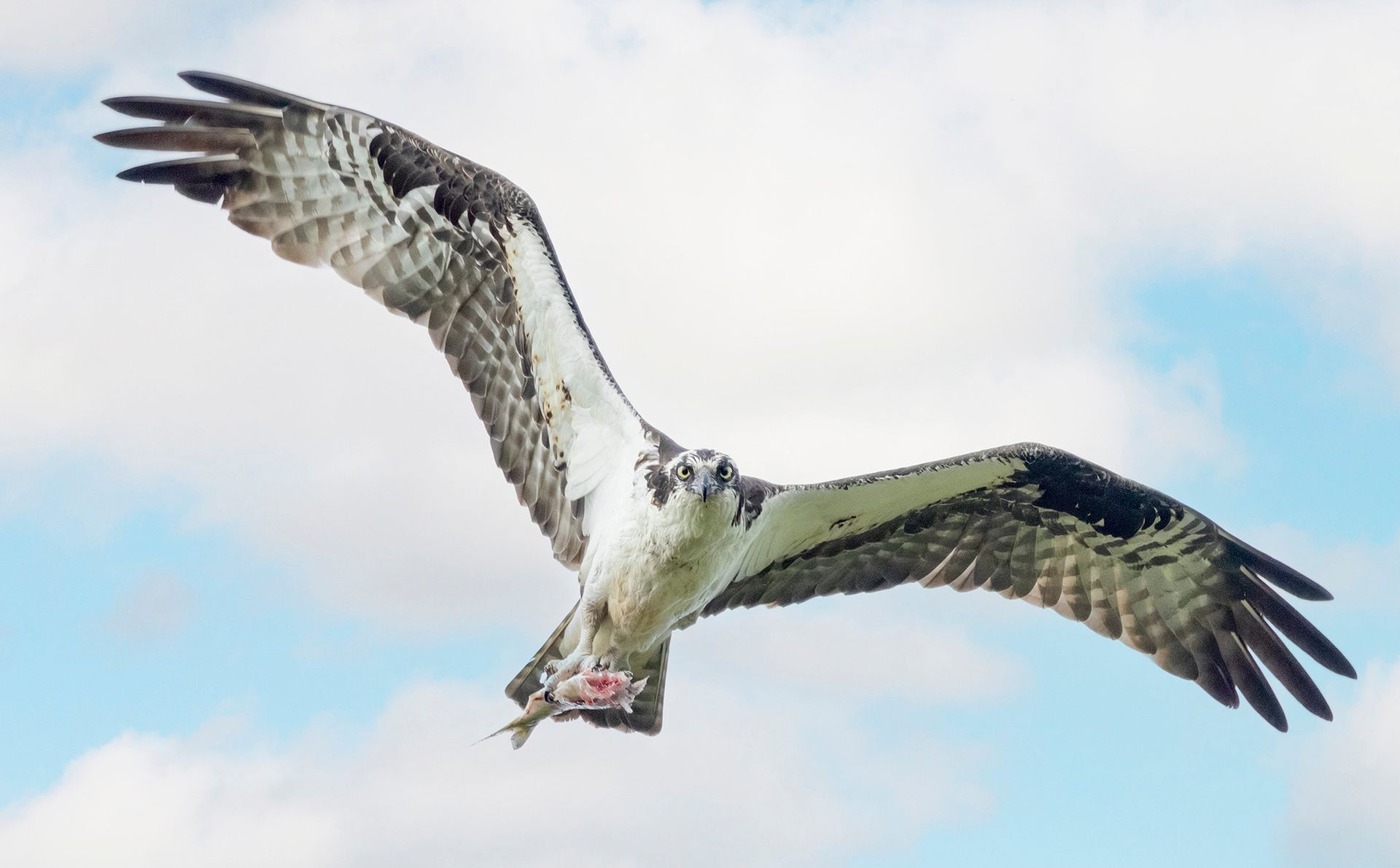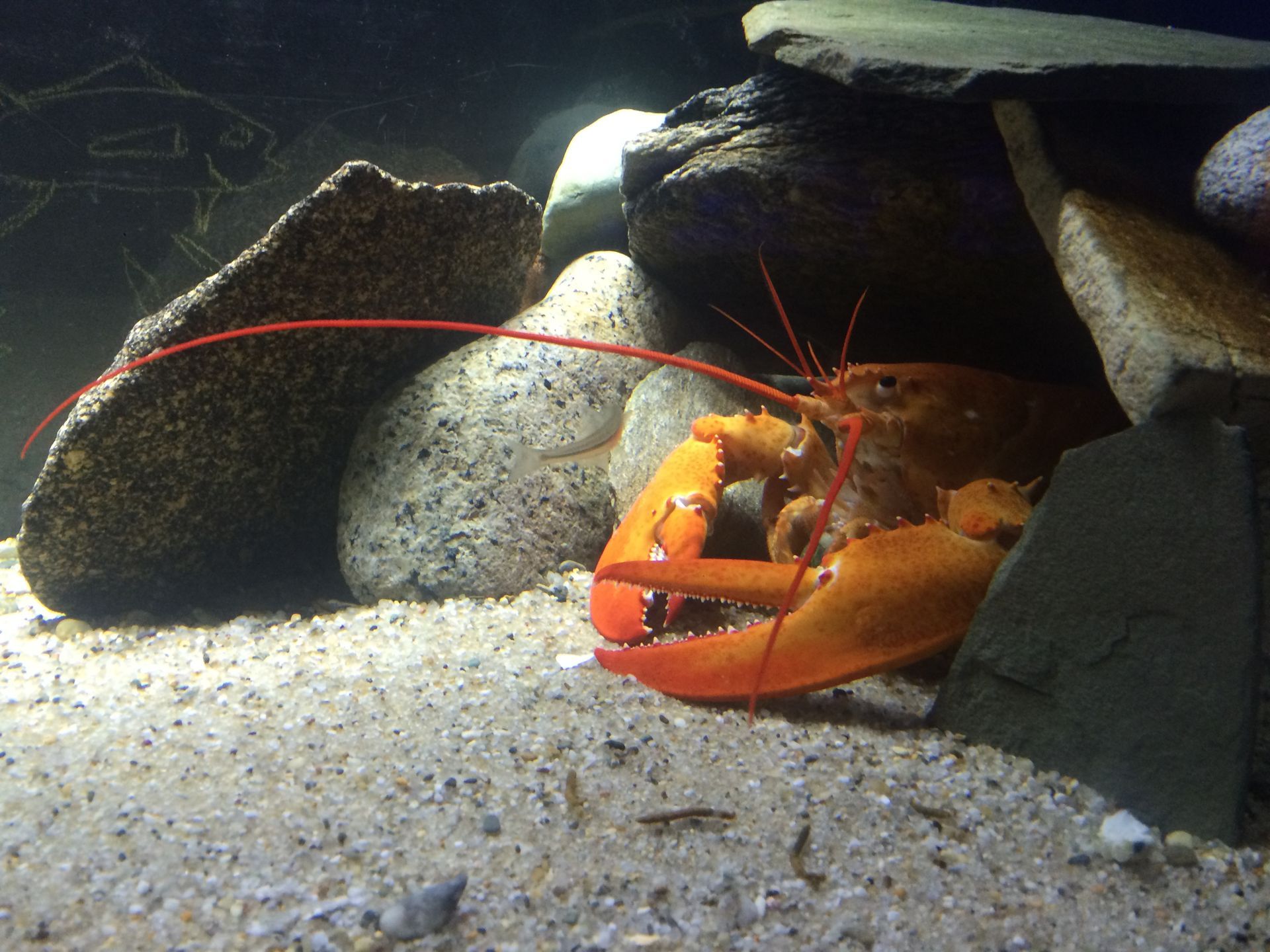Keep Calm and Bird On: June 2025
“If you don’t look, you don’t see. You have to go and look.”
-Edith Andrews

What is so rare as a day in June? We wonder, as last winter reappeared with snow and ice after a three-year absence and spring turned chill after a warm beginning. Will we have Juneuary? But weather aside, breeding birds are here and going about their business.
Ospreys are sitting on nests, some since early March. So, some will be hatching soon. Females lay one to four eggs; average: three. Young hatch up to five days apart.
When you see only the top of the female’s head, down in the nest, she is incubating. If she is glued to the nest, tearing up fish with her beak and bobbing her head up and down, she’s probably feeding young.
The first to peck its way out of the shell has the advantage of a head start, growing faster, and perhaps monopolizing food. If there is not enough for all, its siblings may starve. This may sound cruel, but it’s a reality of the bird world. Dad, as the provider, eats first, then Mom, then junior, and the rest in order of appearance. Ospreys live 20 to 25 years, so even complete lack of success in any one year is of less importance for them than for shorter-lived birds. And since DDT was banned in 1972, they have doubled their population every five years in New England.
Nantucket’s Ospreys have been very successful over recent years, with about 40 nests currently active. Not all of them are necessarily going to raise young this year. Some may be young birds just “housekeeping” and do not yet have the hang of things. Experienced females, from four to six years old, start sooner in the season. They’ve learned the intricacies of incubation, brooding, and feeding. They are better at protecting chicks from excessive cold or heat. Osprey parents often reunite as pairs; males with good fishing skills raise more young. Of course, fish have to co-operate by being plentiful; but that’s luck.
Osprey Images by Tom Griswold.
Recent Posts




